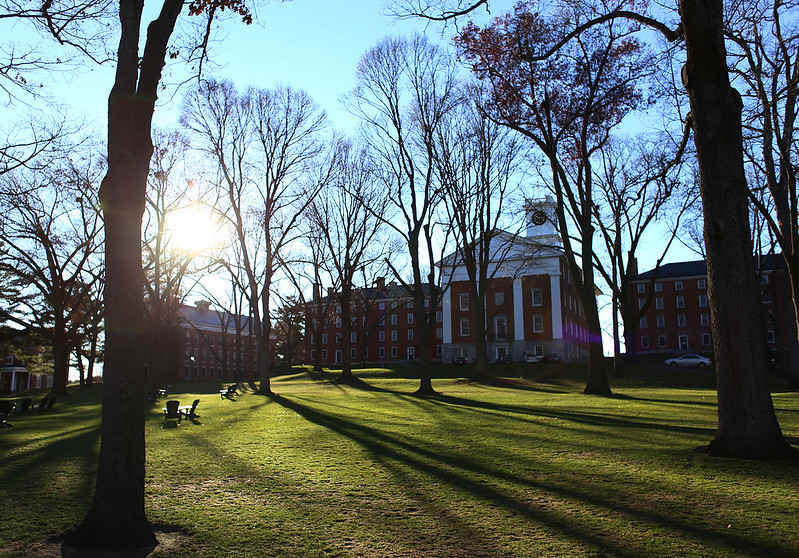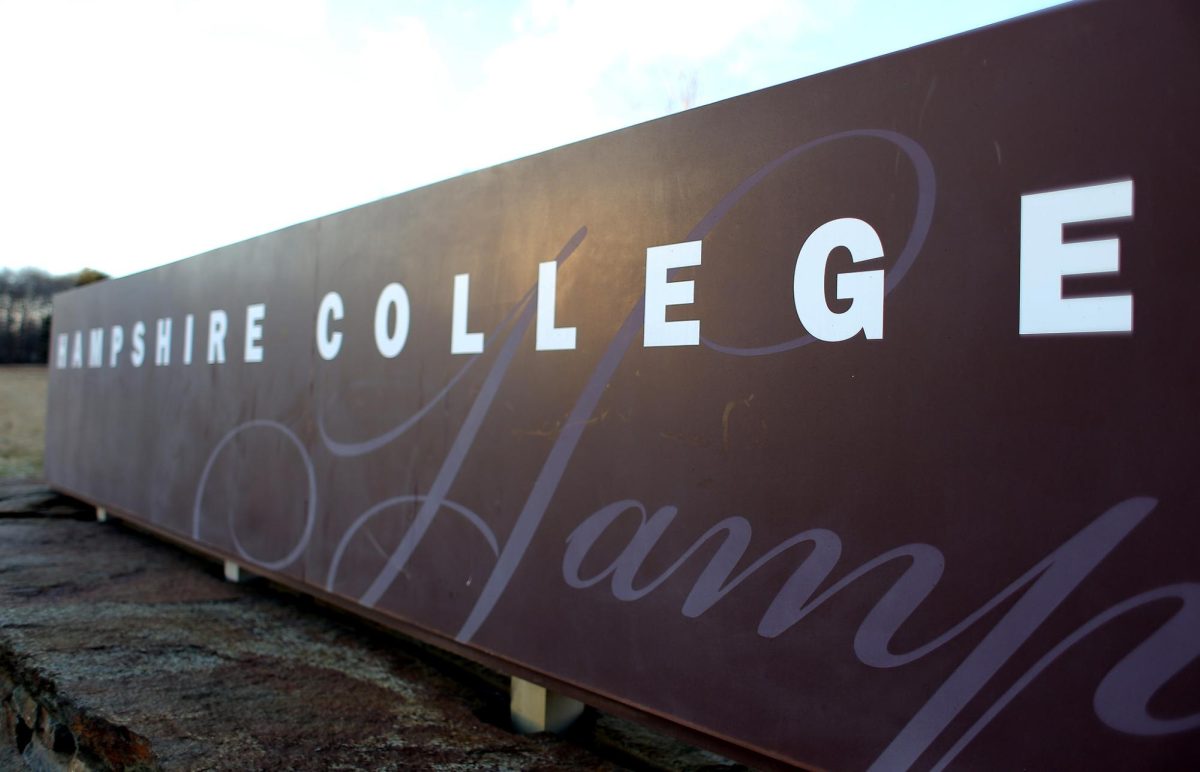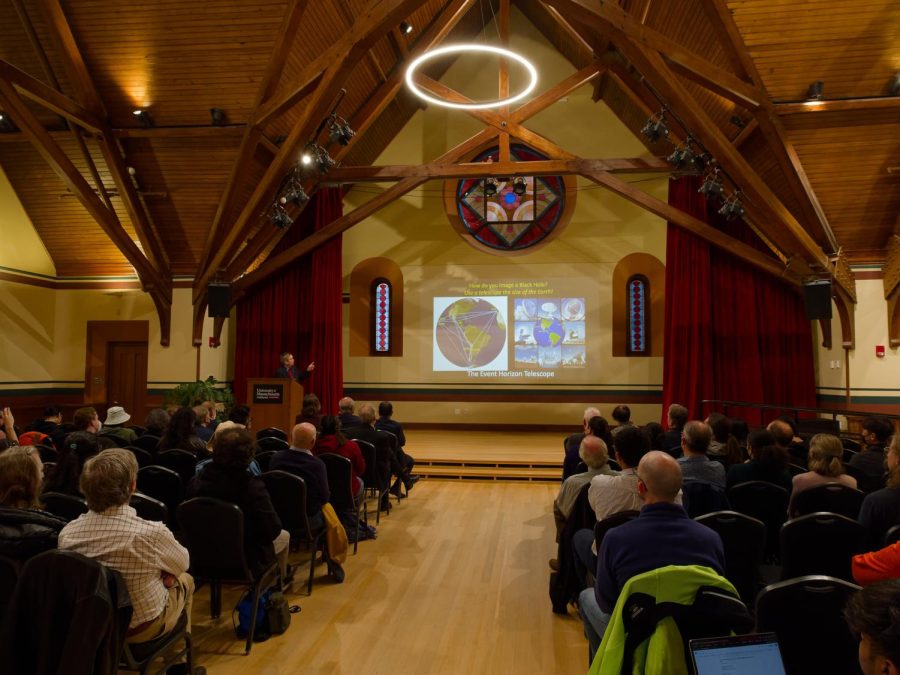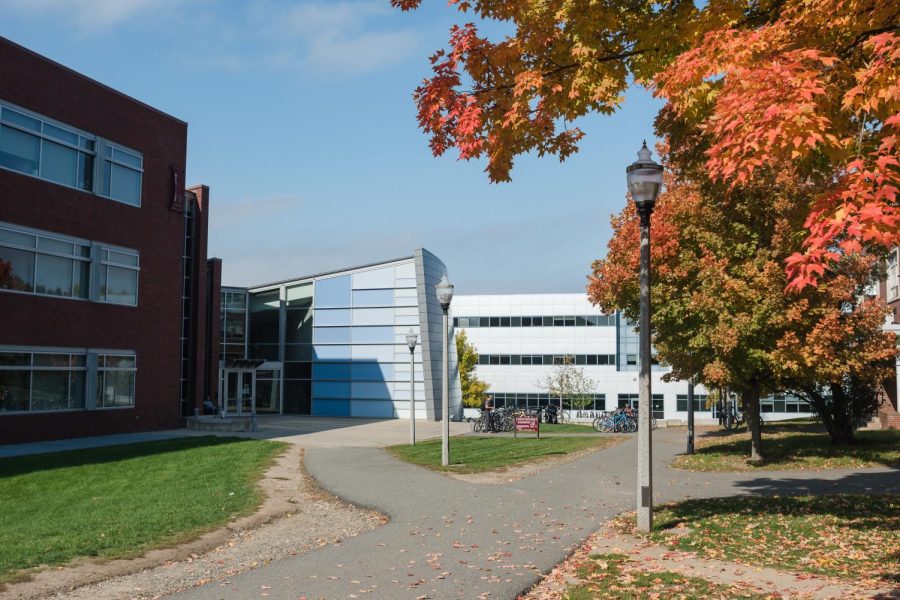The roof of Smith College’s campus center will soon be producing its own energy. Solar panels are to be mounted atop the campus center in the upcoming weeks, according to a press release from Smith released Nov. 6.
Community Energy Incorporated will be giving the college an initial investment of $240,000 for the solar panels and installation, as well as operating and maintaining the panels. In return, Smith will be paying a locked rate for 20 years for the energy Community Energy provides.
“Solar uses no fuel, therefore no greenhouse gases are produced,” said Jay Carlis, Vice President of sales and marketing at Community Energy.
“There are two other benefits for Smith,” said Carlis, “the locked rate hedges against future fuel spikes and the upfront investment from Community Energy gives the University access to clean energy without taking money from their already tight budget.”
Carlis however would not make public the rate given to Smith.
Community Energy has had past relationships with Smith, selling them renewable energy certificates. Community Energy approached Smith with the idea to build the solar panels.
“We operate and maintain [the solar panels],” said Carlis, “It is our responsibility to make sure the panels are producing at an optimal level, this is the only way we get paid.”
One hundred thirty solar panels will be placed on the southwest side of the roof, above the Campus Center Café and the Carroll Room. The construction can be watched on a live webcam from the Smith College website.
The solar panels will be gathered and installed by Borrego Solar Systems, Inc.
Borrego Solar Systems operates in both the public and private sector, and works to create grid-connected solar electric systems, according to the company’s website.
The company has installed solar panels on apartments in California as well as several schools including University of California at Berkeley. Borrego Solar systems also boasts being Massachusetts’ largest solar provider and has been in operation since 1980.
The system will reduce carbon emissions by 238 metric tons over the next 20 years, according to Smith’s press release.
When asked whether the type of collaboration between Community Energy, Borrego Solar Systems and Smith College was possible at the University of Massachusetts, Carlis stated, “Absolutely, assuming UMass has room on roofs or available land that would support solar panels.”
Critics of Solar energy point out that the production of solar panels creates carbon gas emissions.
“Huge amounts of fossil fuel are used in the manufacture of the [solar cells],” according to a report by Treehugger.com, a site dedicated to environmental awareness. “The waste metals not used in production also present their own disposal problems,” the article stated.
The Treehugger.com article also pointed out that toxic glues and materials are used in the installation of the solar panels.
Proponents of solar energy point to the fact given by the Treehugger.com article that solar energy is still in its infancy and more effective ways of disposing the waste can be found creating even more green jobs. The cost of solar panels is increasingly going down as the efficiency of the solar panels is rising.
Last Jan. 20.,German researchers built a solar cell that could harness 41.1 percent of the solar energy shining on the cell, according to GreenTechnica.com, a site dedicated to the green technology.
The process of turning solar energy into electricity is known as the photovoltaic process. Silicon based solar cells absorb the sun’s light. The solar energy excites the electrons in the solar cell and electricity is produced, according to a simplified explanation by national-renewable-energy-laboratory-learning.gov, a site dedicated to education on green energy sources.
Solar accounts for less than 1 percent of the world’s electricity generation, according to a CNN report.
Smith College did not give comment on the solar panels in time for press.
Bobby Hitt can be reached at [email protected]












